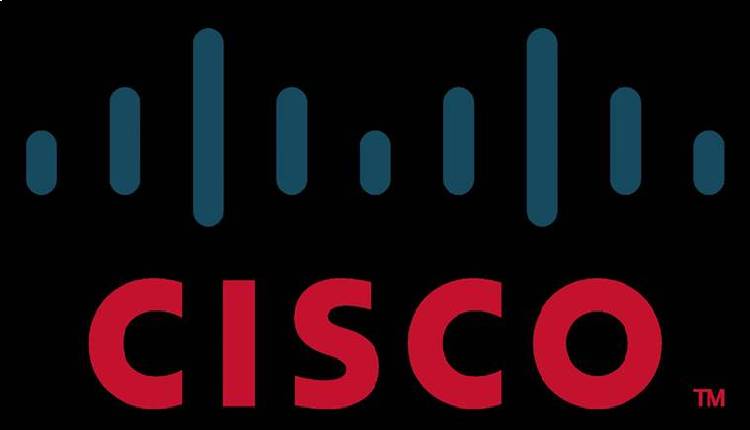Several tech organisations have allowed their employees to work remotely for a prolonged period of time, as experts have opined that living with the virus would be the new normal. Harish Krishnan, Managing Director, Public Affairs & Strategic Engagements, Cisco India and SAARC gives us an inkling of the further plans of Cisco in a candid conversation with Gairika Mitra.
How has Cisco been adapting to remote working?
Cisco has a well-established process to coordinate our efforts during an event like COVID-19. Our top priority is to keep our employees safe and productive, so we implemented a global WFH policy for all employees on March 17, including 11,000 Cisco India employees, as well as several thousand partner and vendor employees in India.
However, the concept of remote working itself is not new to Cisco. We were among the early adopters of flexible timings and provided the work-from-anywhere option to over 80% of our workforce before the crisis. Therefore, we had the backend infrastructure to switch to a new working style quickly, securely, and seamlessly.
Have you encountered any challenges so far?
While remote working is not new to Cisco, many of our customers and partners are experiencing working from home for the first time. So, we have been focussing on keeping them safe and ensuring their business continuity. In these efforts, we have enabled free cloud-based offerings across our collaboration and security portfolios to keep newly remote workforces running productively, and to help governments, hospitals, police forces and district administration departments collaborate virtually.

Currently, over 80 hospitals in Gujarat are using Webex to stay connected and train 4000 doctors and paramedics. 25,000+ health workers have been trained in critical pandemic management skills over video in Karnataka. In an effort to help farmers continue operations, the Agriculture Department of Haryana is using Webex to connect wholesale outlets to monitor and regulate the prices of agricultural produce.
Furthermore, in times like these, knowledge and know-how serve as the biggest advantages in navigating such a unique challenge. We have made our policies and processes on remote business continuity available to everyone, which gives companies access to several best practices we employ ourselves and with customers. This has helped several large ITeS, FSI, and public sector companies in India to move their workforce overnight. In April, we engaged with over 600 customers in India to help them with business continuity plans; at the same time, we enabled over 2,50,000 knowledge workers in India to work from home securely.
Please highlight some of the key CSR initiatives undertaken by Cisco to tackle COVID.
Today, supporting our communities and helping them recuperate is a top focus area for Cisco. Our aim has been to provide immediate relief and help communities recuperate. At the very beginning, we joined hands with Akshaya Patra, a Bengaluru-based NGO, to help deliver half a million (500,000) cooked meals to stranded migrant workers through their mobile kitchens. In the last few years, we have helped digitize Akshaya Patra’s kitchens, enabling more efficient operations. We are also currently working with the CII Foundation to donate PPEs to three states in India – Haryana, Maharashtra and Gujarat.
Additionally, to avoid gaps in students’ education in India, we have partnered with the government to enable access to our Network Academy programs online through a government-run portal. Over 15,000 classes have been registered on the portal, and over 100 faculty members have been trained in India’s first-ever training program through Webex. Presently, more than 20,000 students and faculty have benefitted from our key programs like cybersecurity awareness, Python, and IoT. Through our solutions, over 5,000 hours of lectures have been delivered across the top 40+ institutes in India.
For over three decades, Cisco has leveraged the power of technology and partnerships to aid in solving some of the biggest problems of society. Now, we are committed to using technology to help our communities adapt to this transformation and make a positive impact.
What do you think would a post COVID world look like?
In the last few weeks, the workplace has transformed on a global scale. While remote working is not a new concept, the traction it is gaining now is unprecedented, and will soon become a norm. This preference for digital alternatives is not limited just to work. Businesses are quickly fostering new online practices in every realm – marketing and sales, customer care, last-mile delivery, etc. – to engage with increasingly dispersed, diverse, and digital consumers.
Many in-person meetings and events across verticals are going virtual as well. Within Cisco, we had to cancel some of our physical events, choosing instead to take some of them virtual. Cisco Live Melbourne, for example, was a virtual event and was well-received. Now, we have decided to make our upcoming Cisco Live US 2020 event digital too. All workshops, training, employee onboarding, and employee engagement programs are being held virtually, and our engagement scores have been even better than physical events.
Similarly, we will see new business models emerging across banking, education, healthcare, retail, consulting, marketing, etc. as our homes become central to many of our activities – work, shopping, learning, and entertainment.
But it takes time for ‘new normals’ to take hold. Here, leaders can help navigate this change and enable their workforces to adapt to a new world.

